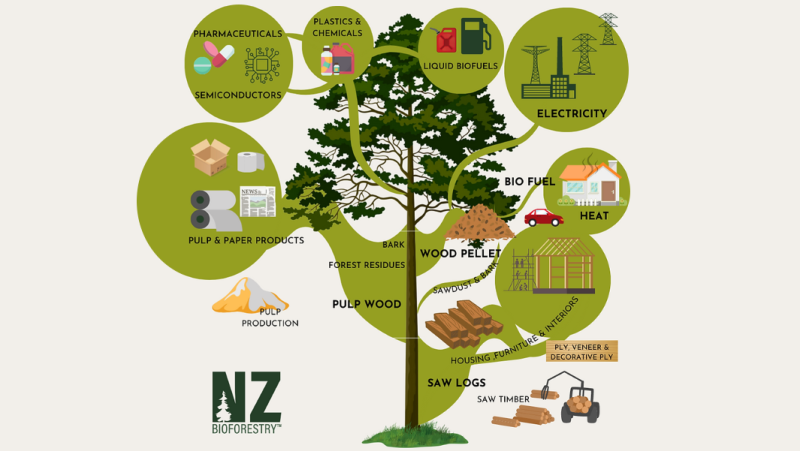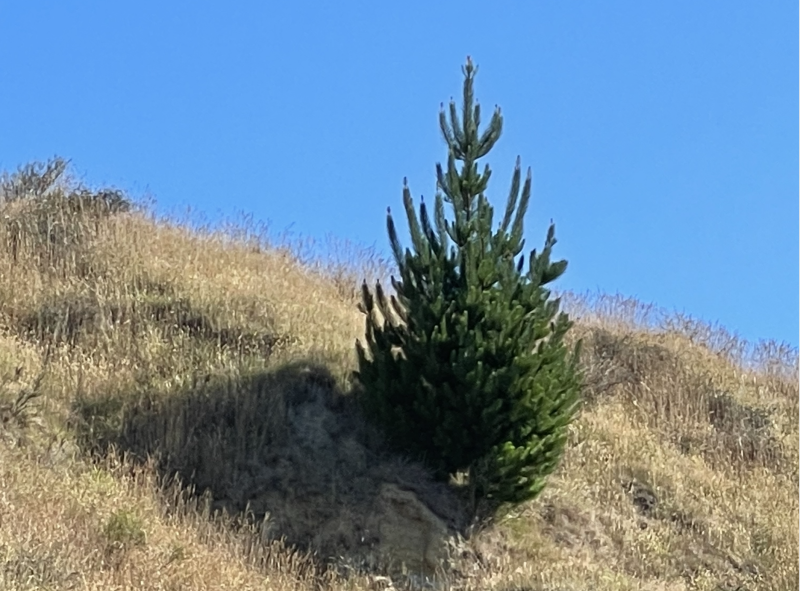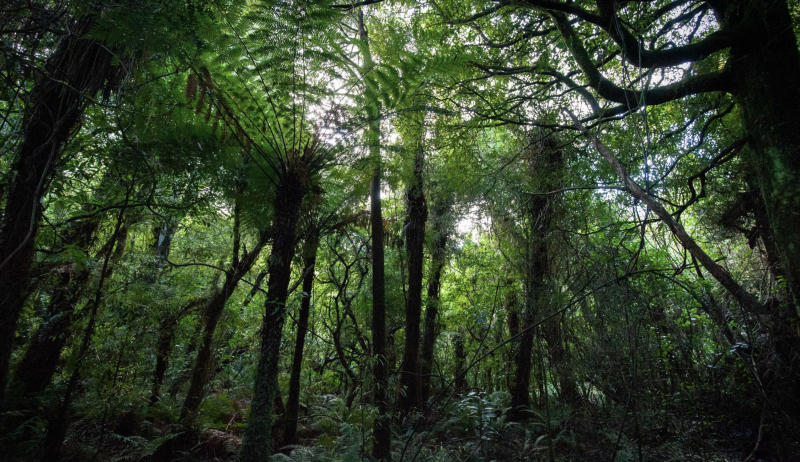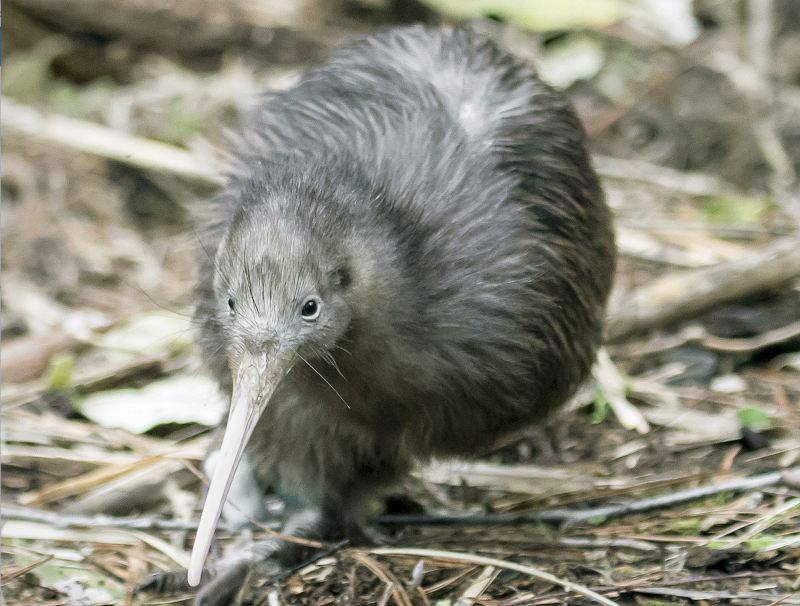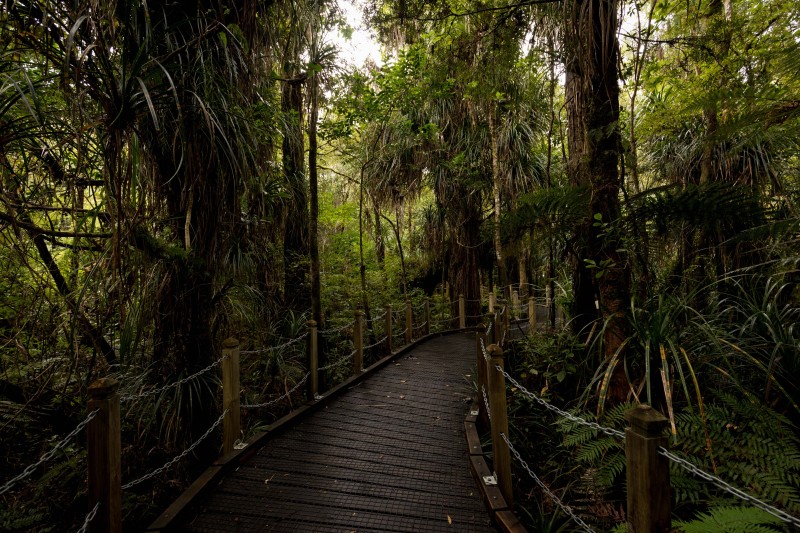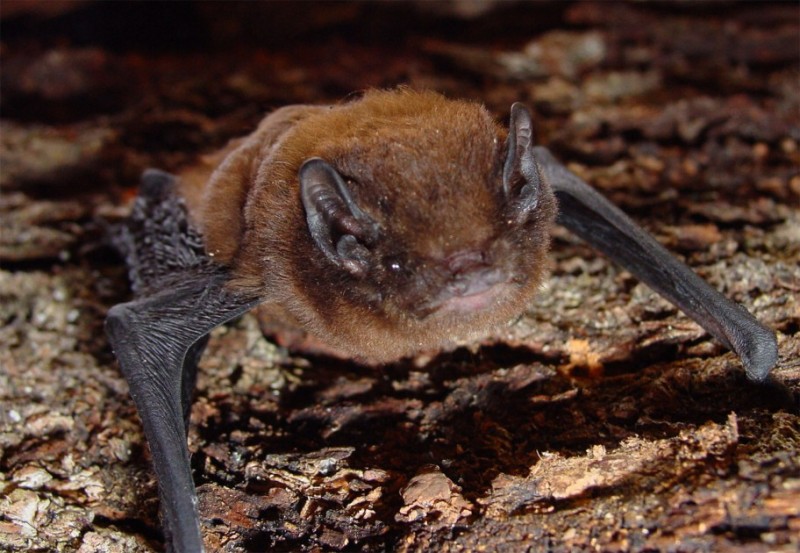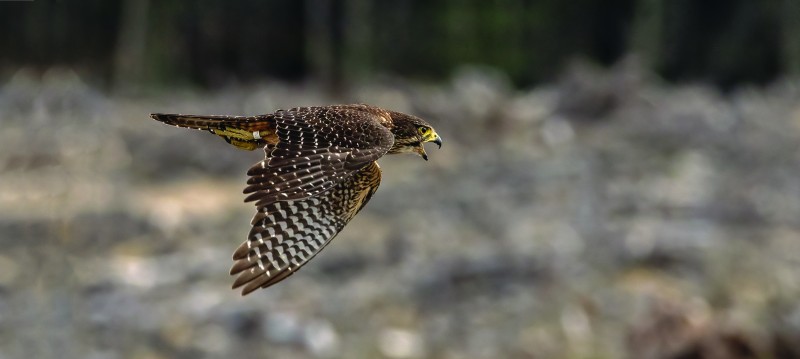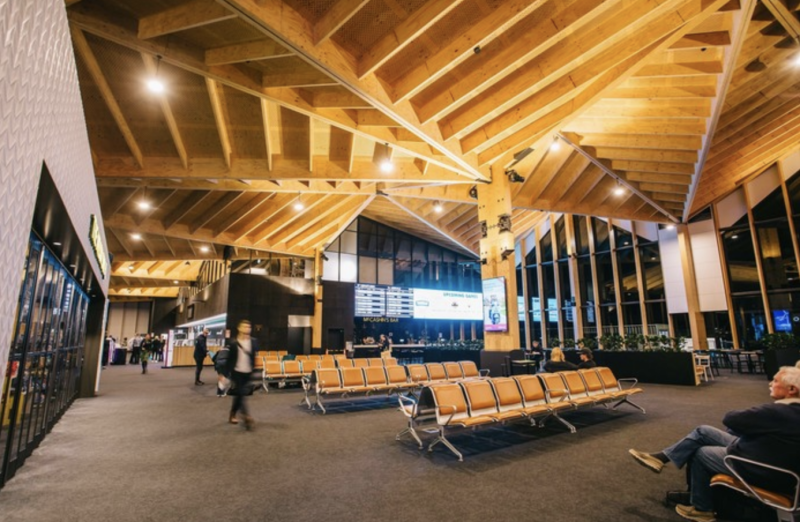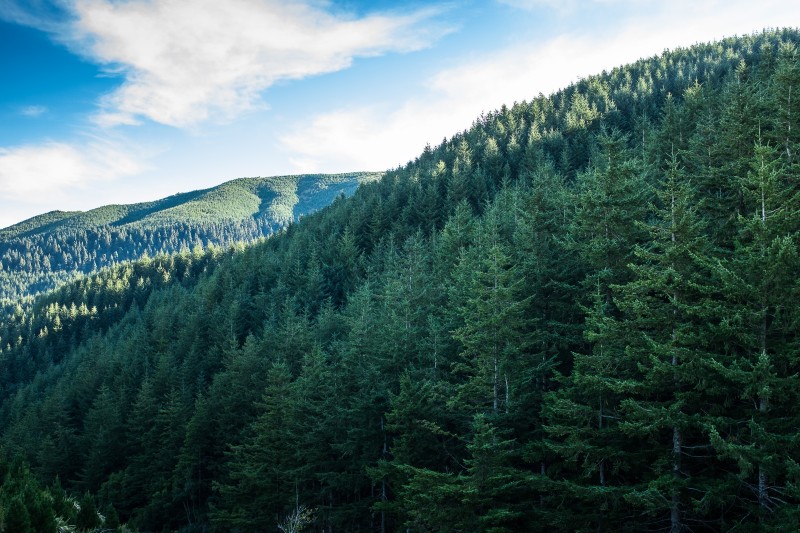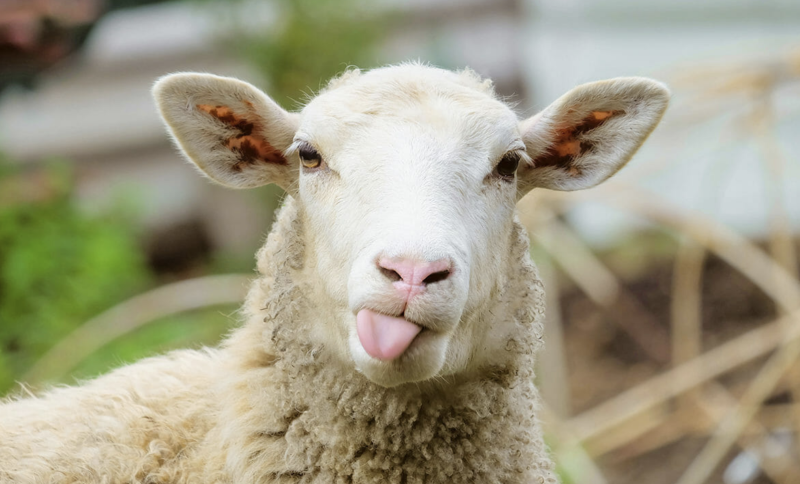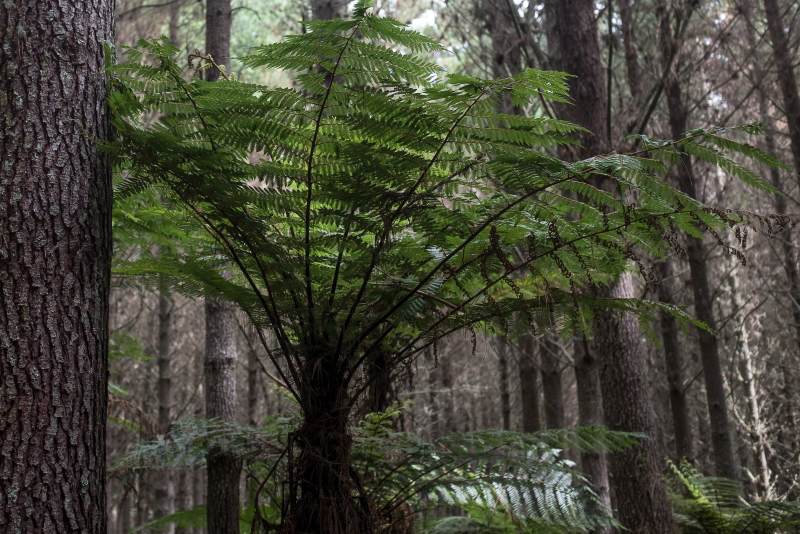Transport emissions make up more than 20% of New Zealand’s greenhouse gas emissions. While electric vehicles and hydrogen fuel will help to reduce our road transport emissions, the change isn’t happening fast enough to meet our climate goals. And neither of these options can be used to fuel aircraft on long-haul flights.
That’s where biofuels come in. Biofuels are made from plant or animal matter, such as crops or organic waste, and create much lower levels of emissions than petrol or diesel. For example, bioethanol is a common biofuel that can be blended with petrol and used in cars.
Biofuel for aircraft is called Sustainable Aviation Fuel. It can reduce aviation emissions by more than 80 percent compared to conventional jet fuel, but it’s in very short supply worldwide. Wouldn’t it be great if we could make it right here in New Zealand? Our forestry crops and residues (the waste left behind when trees are harvested in the forest) would be an ideal source of biomass to make low emissions fuel.
Air New Zealand and the Ministry of Business, Innovation and Employment are working with Te Uru Rākau – New Zealand Forest Service to explore the possibility of doing just that. If feasible, the production of Sustainable Aviation Fuel in Aotearoa would help lower our emissions, reduce waste, and create jobs in our regional communities. Let’s watch this space!


